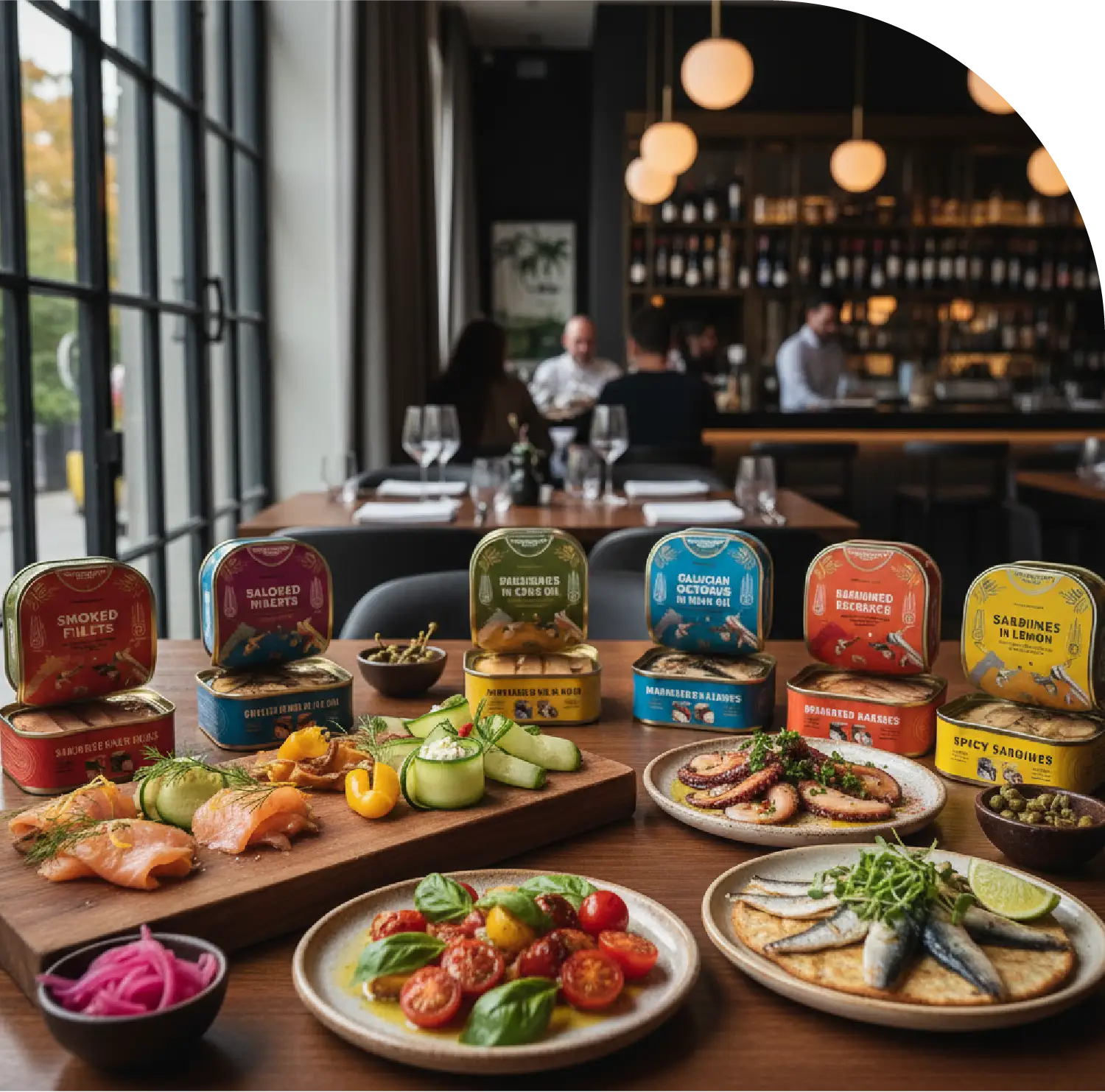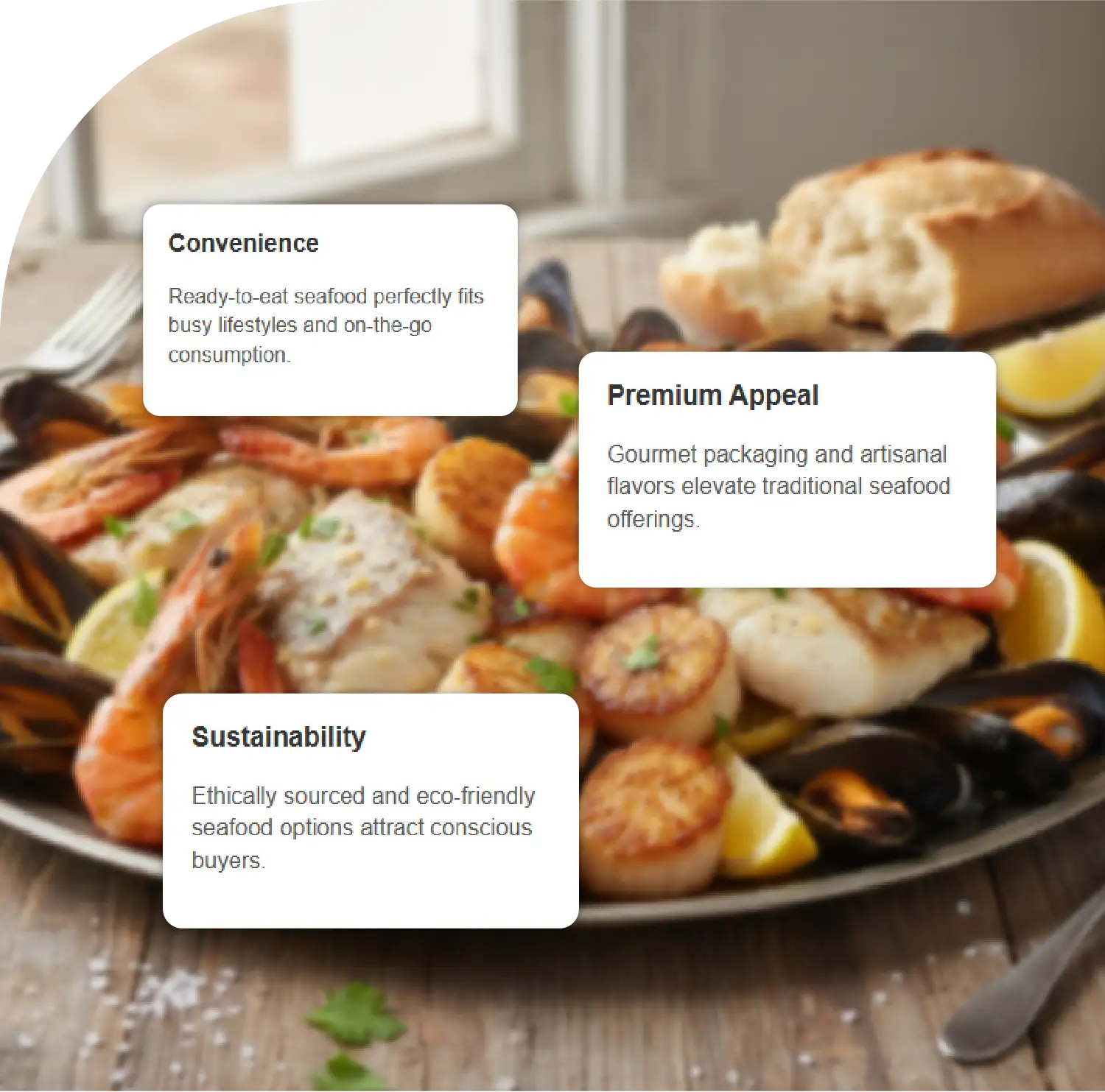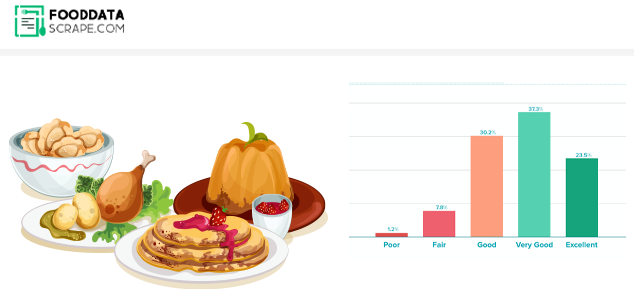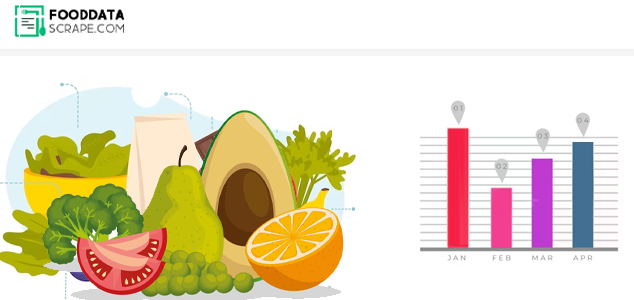Introduction
The global food industry in 2025 is undergoing a remarkable transformation, with tinned fish, or canned seafood, emerging as one of the most exciting trends in both culinary and retail arenas. Traditionally regarded as a simple pantry staple or an emergency food item, canned seafood has been reinvented to meet the demands of modern consumers who prioritize convenience, nutrition, and sustainability. Rising interest in protein-rich diets, health-conscious snacking, and visually appealing food experiences has fueled this resurgence. Insights from Canned Seafood Market Data Scraping 2025 indicate a notable increase in retail sales, with premium and artisanal product lines gaining traction alongside classic offerings. Social media engagement has also played a pivotal role, amplifying awareness and consumer curiosity. In parallel, Tinned Fish Trend Web Scraping Insights highlight that consumers are exploring elevated options such as octopus, mussels, smoked salmon, and other gourmet seafood, moving beyond conventional tuna, sardines, and mackerel. This shift reflects an evolving market where canned seafood is no longer just convenient—it is being embraced as a versatile, gourmet, and sustainable choice suitable for casual meals, upscale dining, and creative culinary applications.
Study Objective
This research aims to provide a detailed examination of the 2025 tinned fish market, identifying emerging consumer trends, market drivers, retail and restaurant adoption, and potential challenges. By leveraging tools to Scrape Canned Fish Consumer Trends 2025, this study aims to offer actionable insights for businesses seeking to capitalize on this growing segment of the seafood industry.
Research Methodology
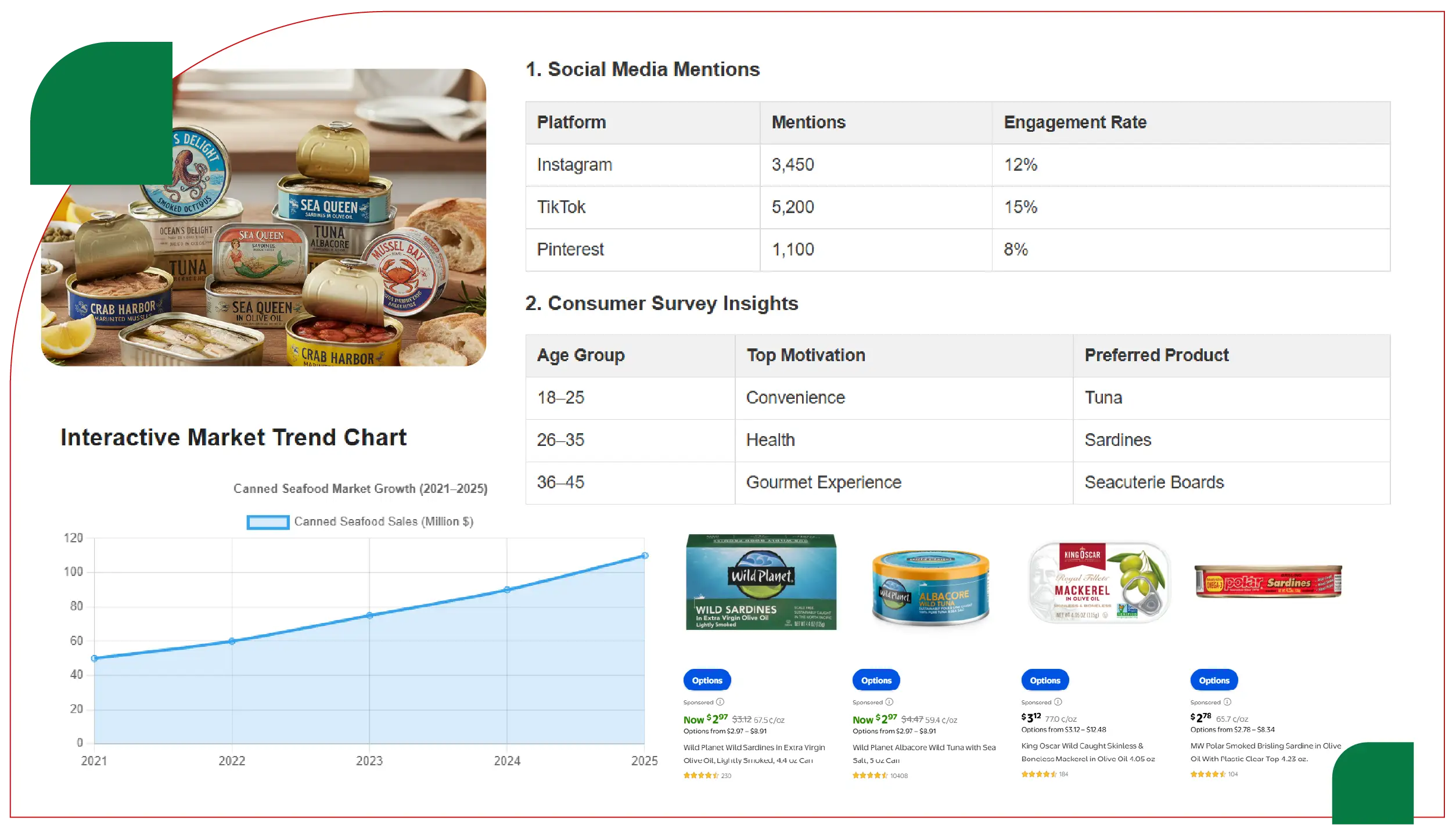
The research was conducted using a combination of quantitative and qualitative methods:
- Web Scraping & Data Extraction: Data was collected from retail websites, food delivery platforms, and social media platforms to analyze product offerings, pricing trends, and consumer engagement. Seafood Industry Data Extraction 2025 provided insights into market size, consumer demographics, and social media activity.
- Social Media Analysis: Posts mentioning tinned fish, seacuterie boards, and gourmet canned seafood were tracked across Instagram, TikTok, and Pinterest. Growth trends, user engagement, and sentiment were measured using Web Scraping Seafood Popularity Trends 2025.
- Consumer Surveys: Surveys were conducted with over 1,000 respondents aged 18–45 to understand motivations, purchasing behavior, and perceptions regarding canned seafood.
- Market Data Analysis: Historical sales data, revenue trends, and market share information were sourced via Web Scraping Seafood Market Data Scraping 2025, providing a longitudinal view of market growth and consumer preferences.
- Restaurant Menu Scraping: Menus from 200 restaurants were analyzed using Restaurant Menu Data Scraping to track tinned fish integration in culinary offerings. Additionally, Food Delivery Scraping API Services was used to monitor trends in how these dishes are offered through delivery platforms.
The multi-method approach enabled a robust understanding of tinned fish trends, ensuring that the findings are comprehensive and actionable.
Market Overview
Tinned fish is currently undergoing a significant shift in market positioning. Once a product primarily valued for convenience and shelf life, canned seafood is now being marketed as a premium, Instagram-ready, and sustainable culinary product. The market is expanding across retail, foodservice, and social media platforms.
| Metric |
2023 |
2024 |
2025 (Projected) |
| Market Revenue |
$5B |
$5.8B |
$6.5B |
| Tuna Share of Social Mentions |
37% |
38% |
40% |
| Total Sales Volume |
$2.5B |
$2.7B |
$3.1B |
| YoY Growth in Social Media Mentions |
2.3% |
2.5% |
2.8% |
Insights from Canned Fish Consumer Data Extraction 2025 reveal that the combination of convenience, sustainability, protein content, and premiumization is driving rapid adoption among a wide demographic.
Consumer Behavior Analysis
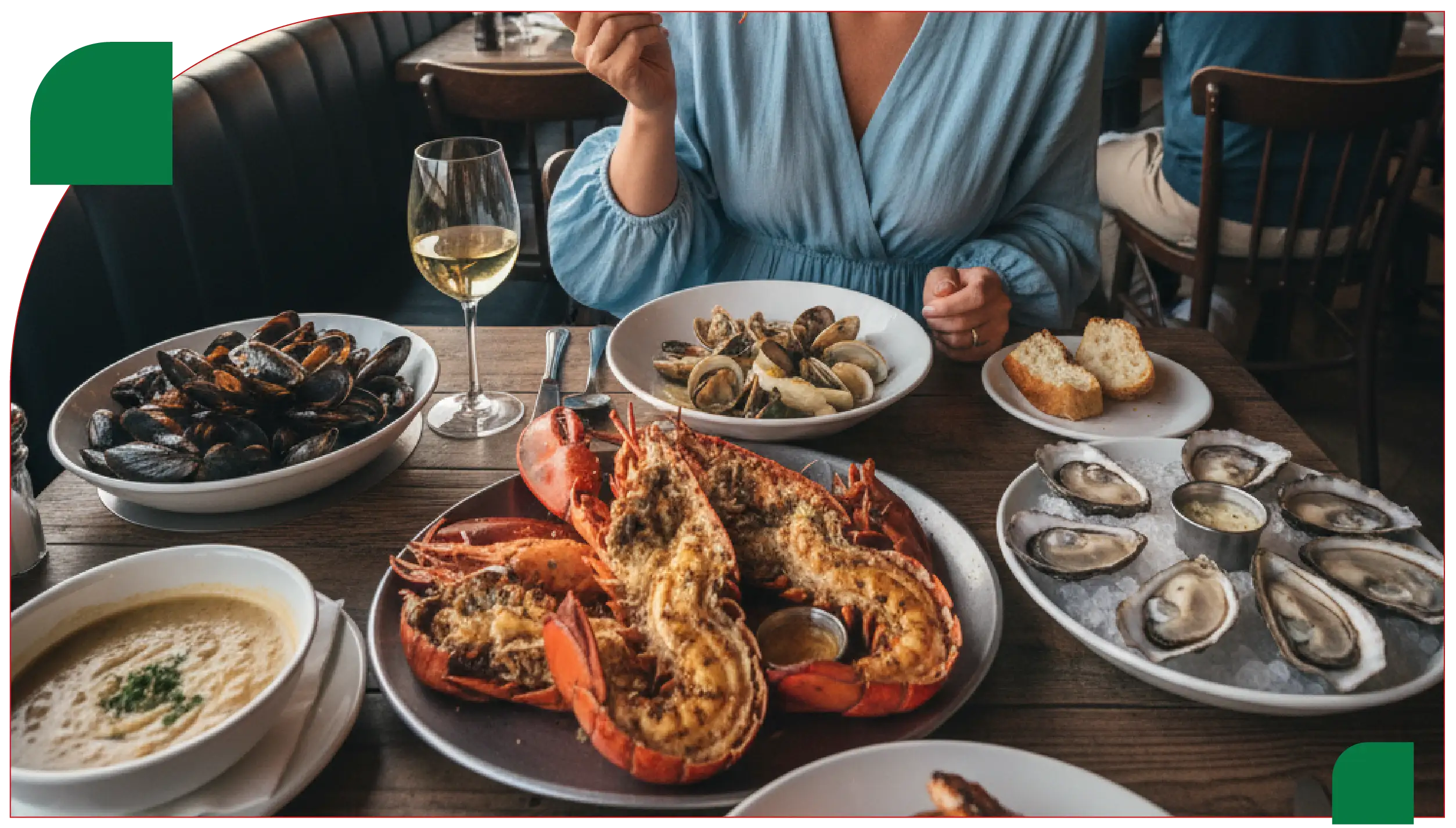
Consumer motivations for purchasing tinned fish in 2025 can be grouped into four major categories:
- Convenience: A significant portion of consumers value portability and ease of use. Tinned fish requires no preparation, making it ideal for busy lifestyles.
- Sustainability: Environmentally conscious consumers are drawn to products with ethical sourcing and recyclable packaging. According to the research, up to 10% of consumers are willing to pay a premium for sustainably sourced seafood.
- Premiumization: The trend of treating tinned fish as a gourmet product is evident in the packaging, branding, and flavor profiles. Artisan and globally inspired flavors are particularly appealing to food enthusiasts.
- Protein Content: High-protein diets have driven interest in tinned fish. A single can of tuna provides up to 40 grams of protein, making it a convenient nutritional option for active consumers.
Scrape Tinned Fish Industry Insights 2025 to find the rise in online engagement, culinary experimentation, and premium product development is reinforcing consumer adoption.
Culinary Integration and Retail Adoption
Tinned fish is now integrated into both retail and restaurant settings in creative ways:
- Retail Expansion: Grocery chains and specialty stores are increasing the assortment of canned seafood, emphasizing premium products. Stores are curating assortments for gifting, seasonal promotions, and Instagram-worthy displays.
- Restaurant Menus: Chefs are incorporating tinned fish into pasta dishes, brunch plates, rice bowls, and appetizers. Bars are experimenting with wine and craft beer pairings with canned seafood.
- Experience-Oriented Retail: Specialty stores such as “The Fantastic World of the Portuguese Sardine” offer curated, hands-on experiences, engaging consumers directly with the product.
| Segment |
Example |
Adoption Trend |
| Grocery Chains |
Premium Canned Seafood Expansion |
+15% YoY |
| Restaurant Menus |
Brunch, Pasta, Bowls |
+20% of establishments |
| Specialty Stores |
Portuguese Sardine Retail |
8 new stores opened in major U.S. cities |
By leveraging Food Delivery Data Scraping Services, brands can track consumer ordering patterns and preferences. Using Restaurant Menu Data Scraping, they can analyze menu trends and optimize product placement across dining outlets.
Emerging Micro-Trends
Several niche trends are reinforcing the tinned fish market in 2025:
- Seacuterie Boards: Elevated platters combining tinned fish with cheeses, crackers, and spreads.
- Beverage Pairings: Creative pairings with wine, craft beer, or even canned wine.
- Health-Conscious Varieties: Low-sodium and Omega-3-rich options attract wellness-focused consumers.
- Culinary Crossovers: Viral recipes integrate canned seafood into pasta, rice bowls, and brunch items.
- Premium Packaging: Artistic designs make tinned fish visually appealing for social media sharing.
Insights from Web Scraping Seafood Popularity Trends 2025 confirm that younger, digitally native consumers are driving demand for these premiumized and visually appealing formats.
Market Challenges
Despite rapid growth, several challenges exist in the tinned fish market:
- Consumer Perceptions: Younger audiences may perceive tinned fish as outdated or less nutritious. Educational campaigns highlighting protein content, sustainability, and premium offerings are essential.
- Price Sensitivity: Premium offerings may alienate price-conscious consumers. Mid-range products allow brands to balance quality and affordability.
- Sustainability Scrutiny: Consumers are increasingly skeptical about sustainability claims. Transparency and certifications are critical to gaining trust.
By using Food Delivery Scraping API Services, brands can track consumer sentiment and monitor ordering trends.
Through Restaurant Data Intelligence Services, they can evaluate competitive offerings and refine their marketing and product strategies.
Analytical Findings
The analysis highlights several key trends:
- Sales Growth: The canned seafood market is expected to reach $6.5B in 2025, with tuna maintaining the highest share of social media mentions.
- Consumer Engagement: Social media trends show increased posting about tinned fish in creative culinary formats, reflecting rising popularity.
- Retail Strategies: Grocery chains are expanding premium product assortments, and specialty stores are creating immersive experiences.
- Health and Sustainability: Consumers are drawn to products emphasizing high protein, Omega-3 content, and ethically sourced ingredients.
These findings demonstrate that tinned fish is successfully transitioning from a basic convenience food to a premium, health-conscious, and socially shareable culinary product.
Recommendations for Industry Stakeholders
Based on the analysis, several strategies can be adopted by brands and businesses:
- Expand Premium Offerings: Introduce globally inspired and gourmet varieties to attract food enthusiasts.
- Highlight Sustainability: Emphasize ethical sourcing, recyclable packaging, and certifications to appeal to eco-conscious consumers.
- Leverage Social Media: Promote visually appealing recipes, seacuterie boards, and creative pairings to drive consumer engagement.
- Optimize Pricing Strategies: Balance premium offerings with mid-range products to expand market reach.
- Integrate Data Intelligence: Use Food delivery Intelligence services to monitor overall trends and consumer behavior in the market. Leverage Food Price Dashboard to track pricing changes and competitive pricing strategies. Utilize Food Delivery Datasets to analyze detailed consumer preferences and ordering patterns in real time.
Future Outlook
The tinned fish trend is expected to continue growing in 2025 and beyond. Emerging opportunities include:
- International Expansion: Introduction of globally inspired canned seafood flavors.
- Mainstream Distribution: Increased availability in grocery chains and specialty stores.
- Innovative Marketing: Enhanced packaging and social media campaigns to attract younger consumers.
- Sustainability Leadership: Continued emphasis on certified sourcing and transparent production practices.
By integrating Food Delivery Scraping Services, brands can maintain a competitive edge and capitalize on evolving consumer preferences.
Conclusion
The 2025 tinned fish trend represents a convergence of convenience, premiumization, sustainability, and protein-focused nutrition. Consumers increasingly view canned seafood as versatile, visually appealing, and health-conscious. Businesses that leverage Canned Seafood Market Data Scraping 2025 can optimize product offerings and track market growth.
By using methods Scrape Tinned Fish Industry Insights 2025, brands can refine marketing strategies and monitor emerging consumer trends. As companies innovate with packaging, flavors, and culinary integrations, tinned fish is poised to remain a prominent and influential segment within the global food industry. The market is no longer defined by a simple shelf-stable snack. Tinned fish has transformed into a gourmet, Instagram-ready, and nutritionally valuable product with sustained growth potential.
If you are seeking for a reliable data scraping services, Food Data Scrape is at your service. We hold prominence in Food Data Aggregator and Mobile Restaurant App Scraping with impeccable data analysis for strategic decision-making.






















































































